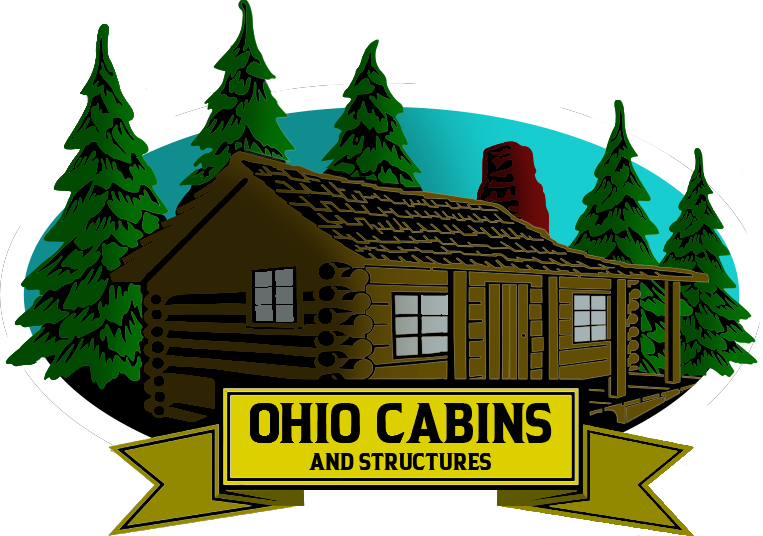The tiny home movement has become a popular housing solution for those seeking a simpler, more affordable lifestyle. In Ohio, interest in tiny homes is growing not just as a trend but as a long-term living option. Naturally, many potential buyers ask the same question: how long do tiny homes last? While there’s no single answer, a well-built and well-maintained tiny home can last decades — often 30 to 50 years or more. However, Ohio’s climate, building materials, and maintenance habits can significantly influence that lifespan.
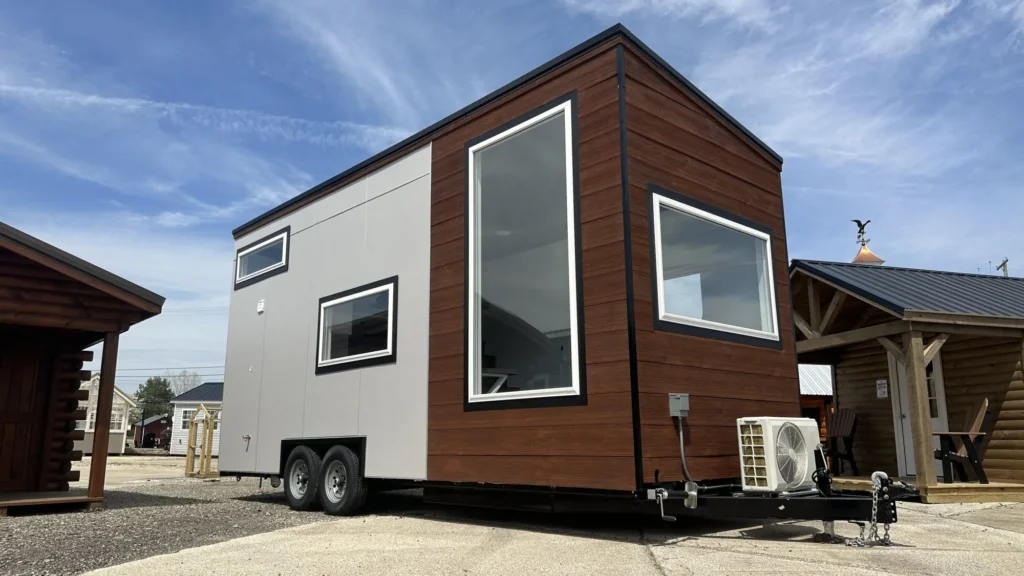
Average Lifespan of a Tiny Home
On average, a tiny home can last as long as a traditional house when built with high-quality materials and maintained properly. Factory-built models often have an expected lifespan of 30 to 50 years, similar to modular or stick-built homes. Hand-crafted tiny homes with premium materials and excellent craftsmanship may last even longer. The key factor is not simply age, but the level of care and the environment in which the home sits.
How Ohio’s Climate Affects Tiny Home Longevity
Ohio’s four-season climate presents unique challenges for tiny homes. Winters bring snow, ice, and freezing temperatures that can stress exterior materials, roofing, and plumbing systems. Summers are warm and humid, which can lead to condensation issues inside the home if ventilation isn’t adequate. Spring and fall can bring heavy rains, requiring effective drainage and well-maintained siding to prevent moisture damage.
Because of these seasonal swings, Ohio tiny homes need extra attention to insulation, weatherproofing, and roof maintenance. A tiny home with proper vapor barriers, energy-efficient windows, and moisture control systems will withstand Ohio’s climate much better than one built for milder weather. The U.S. Department of Energy emphasizes that climate-specific building strategies are critical to long-term home performance.
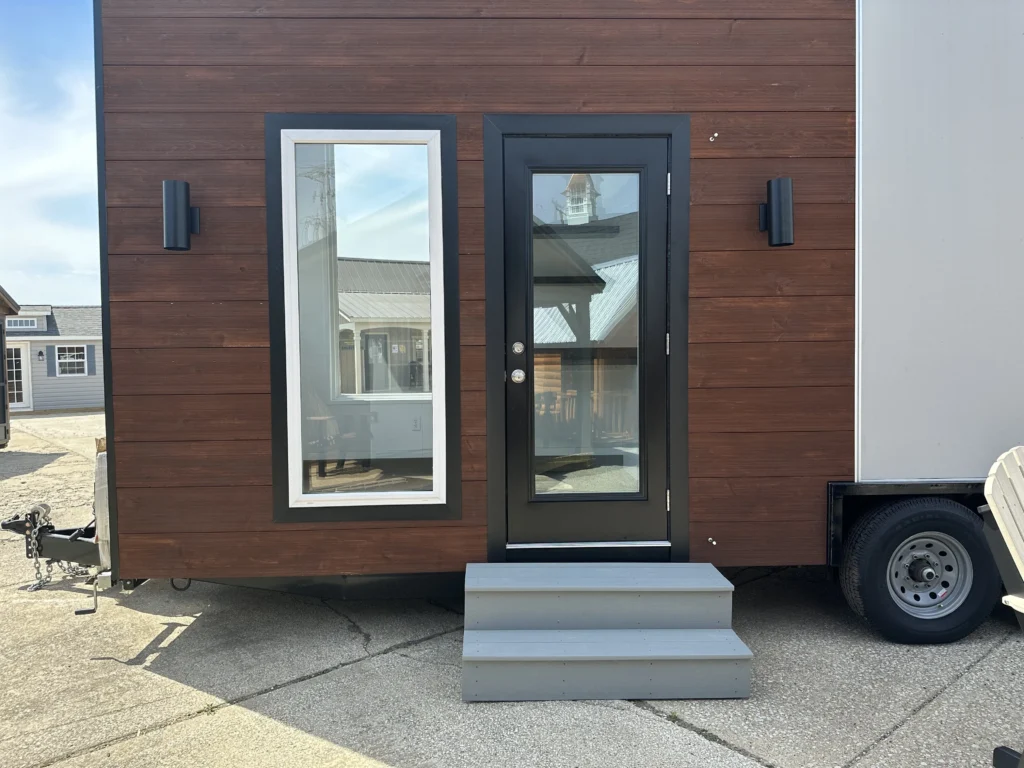
Building Materials and Their Impact
The choice of building materials can make a major difference in how long a tiny home lasts. High-quality framing lumber, durable siding materials like fiber cement, and roofing rated for at least 30 years are good investments. In Ohio, where winter ice and summer sun can be equally harsh, metal roofing often outperforms asphalt shingles over time.
Windows and doors should be energy-efficient and sealed properly to prevent drafts and moisture intrusion. Many Ohio builders now incorporate house wraps, advanced sealants, and treated framing to extend the life of the structure. For interior finishes, moisture-resistant drywall and mold-resistant paints are wise choices to prevent long-term damage from seasonal humidity.
Foundation Types and Lifespan
In Ohio, tiny homes can be built on permanent foundations or trailers. Those on permanent foundations, such as concrete slabs or basements, generally last longer because they are better protected from movement and weather exposure. Homes on trailers are more mobile but require additional maintenance to address wear from transportation and exposure to road conditions. Regular inspections of the trailer frame, axle, and undercarriage are essential to ensure safety and longevity.
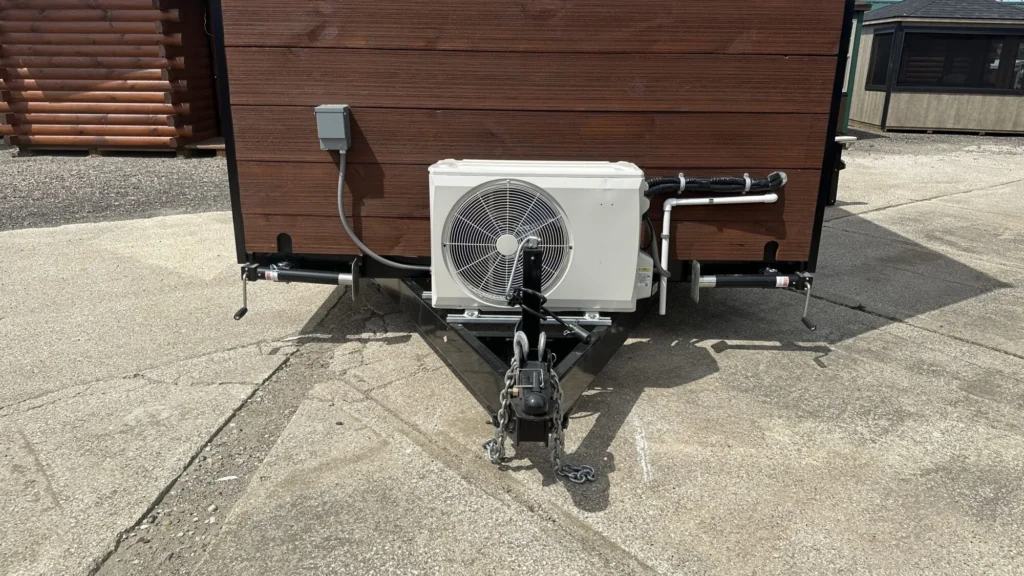
Maintenance Practices That Extend Life
Proper maintenance is essential to keeping a tiny home in good condition for decades. In Ohio, this means seasonal upkeep:
In the fall, check roofing, gutters, and siding to ensure they are ready for winter. Before freezing temperatures arrive, protect plumbing with heat tape or insulation to avoid burst pipes. In spring, inspect for any water damage, reseal windows, and clean gutters after snowmelt. Summer is a good time to check ventilation systems and make sure air conditioning is functioning efficiently.
Homeowners who stay ahead of small repairs tend to see their tiny homes outlast those that receive only reactive maintenance. According to the National Association of Home Builders, proactive care is one of the strongest predictors of home longevity.
Common Problems That Shorten Lifespan
While tiny homes can last decades, neglecting key issues can drastically shorten their useful life. Moisture damage is one of the most common problems, especially in Ohio’s humid months. Poor ventilation can lead to mold growth and structural weakening. Skimping on insulation or choosing subpar materials to save money upfront often results in costly repairs within a few years.
Improper leveling on uneven land can cause stress on the frame, leading to cracks and compromised joints. For homes on wheels, failing to maintain the trailer or protect the underside from road salt can lead to corrosion and structural failure.

Cost of Long-Term Upkeep
Although tiny homes require less material and space to maintain, upkeep costs over decades can still be significant. Expect to budget for roof replacement every 20 to 30 years, siding repairs or replacement every 25 to 40 years, and ongoing maintenance for HVAC, plumbing, and electrical systems. In Ohio, freeze-thaw cycles may necessitate more frequent exterior inspections than in warmer climates.
Homeowners who invest in high-quality materials at the outset generally spend less on repairs later. While premium materials may increase the initial cost, they can reduce lifetime expenses and help maintain resale value.
Resale Value Considerations
Tiny homes built to Ohio’s residential code and placed on permanent foundations tend to hold their value better than non-code-compliant or mobile units. Buyers are more confident purchasing a home that meets local standards, has a documented maintenance history, and shows no signs of structural or moisture damage.
Homes that are well-maintained over the years can resell for a significant portion of their original cost, especially if located in areas with high demand for small, efficient housing.
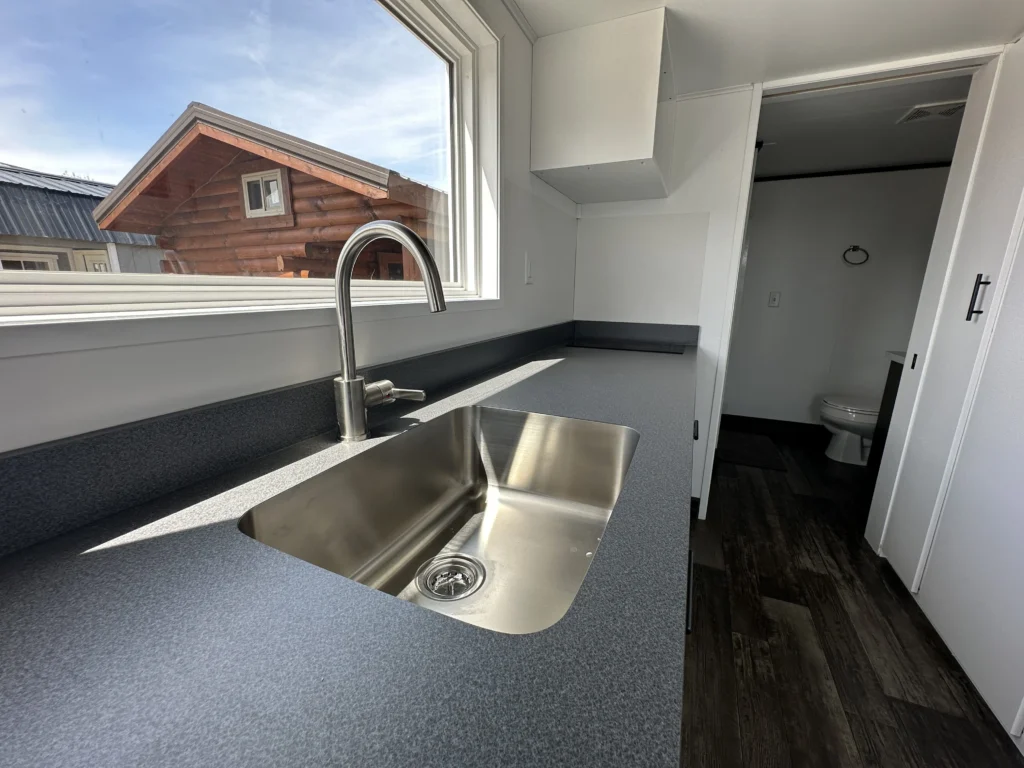
Real-World Example from Ohio
One Ohio couple built their 280-square-foot tiny home in 2010 on a permanent foundation in rural Licking County. They used metal roofing, cedar siding, and energy-efficient windows designed for cold climates. Over the past 15 years, they have performed regular seasonal maintenance, replaced a few seals around windows, and repainted the siding once. Today, the home is still in excellent condition and shows no structural issues, illustrating that with care, a tiny home can easily surpass the 30-year mark in Ohio.
Extending Lifespan with Smart Upgrades
Upgrades can help extend a tiny home’s useful life. Adding a covered porch can shield entryways from rain and snow. Installing gutter systems with leaf guards reduces water damage risks. Upgrading insulation to meet or exceed current Ohio code improves comfort and reduces seasonal wear on heating and cooling systems.
Even simple upgrades, like replacing standard caulking with high-performance sealants, can have a lasting impact on durability. Working with experienced local builders such as Ohio Cabin and Structures ensures that upgrades match both the climate and the structure’s original design.
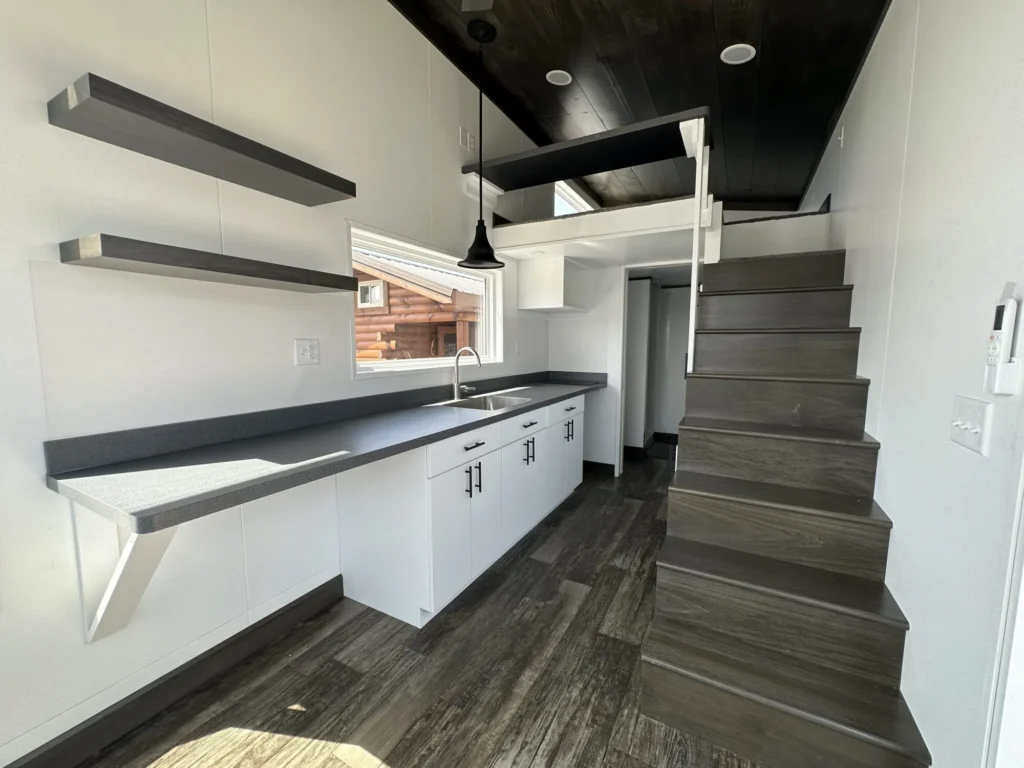
Final Thoughts
So, how long do tiny homes last in Ohio? With quality construction, climate-appropriate materials, and consistent maintenance, a tiny home can last 30 to 50 years or more. Ohio’s seasonal changes require special attention to weatherproofing, ventilation, and moisture control, but they do not prevent tiny homes from achieving a long lifespan. By planning for regular upkeep and choosing materials designed for durability, you can enjoy your small-space living for decades while protecting your investment.
